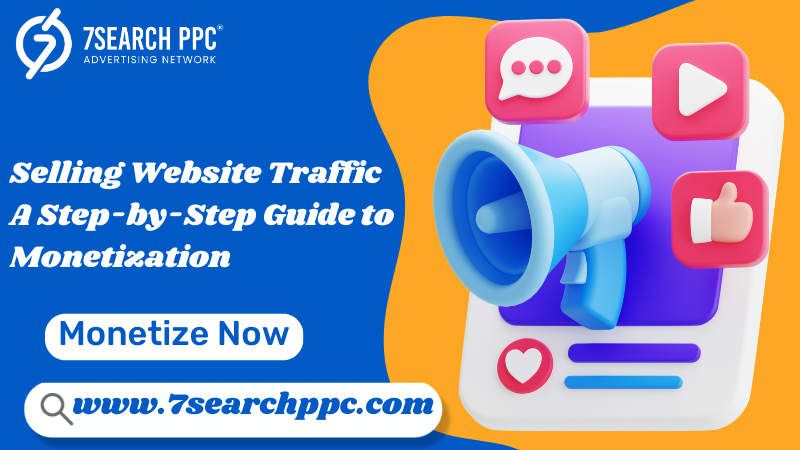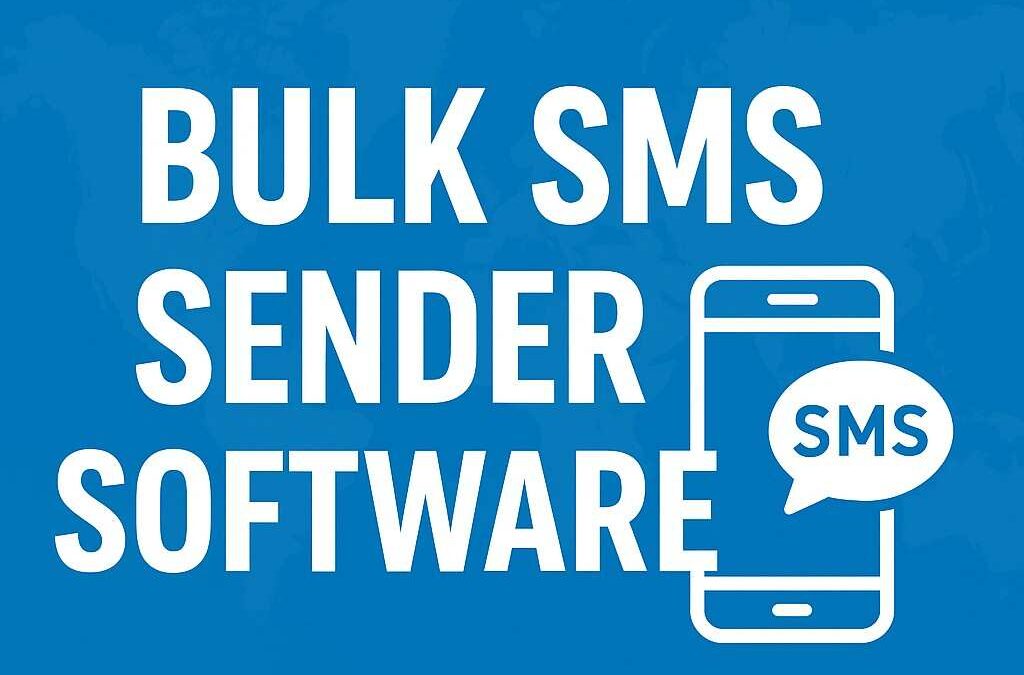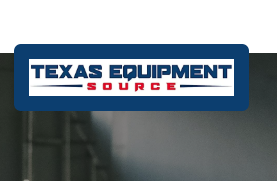In today Selling Website Traffic is a proven strategy for website owners seeking to transform visitor engagement into real revenue. By understanding the nuances of Website Monetization and leveraging reliable partners like 7Search PPC, publishers can discover new streams of income without compromising the user experience. This guide unpacks every aspect of monetization, from evaluating the right Online Earning Platform and identifying Where To Monetize a Website to implementing best practices for SEO-friendly content that attracts high-value advertisers.
Understanding the Value of Website Traffic
Website traffic represents the lifeblood of any online property. Not all visitors generate the same value, and recognizing the difference between raw visitor numbers and monetizable engagement is essential. While sheer volume can appeal to broad-reach advertisers, niche audiences often command higher rates. Quality traffic—made up of users genuinely interested in your content—drives click-throughs and conversions, which in turn elevate the revenue you can earn through a Website Monetization Platform.
Defining Website Traffic Metrics
Before you embark on Selling Website Traffic, familiarize yourself with key metrics such as unique visitors, page views, bounce rate, and average session duration. Unique visitors tell you how many real individuals have landed on your pages, while page views reveal the depth of their interaction. A low bounce rate and longer session durations signal to advertisers that your audience is engaged, making your traffic more valuable on Publishers Ad Networks or direct deals.
Qualitative Versus Quantitative Traffic
Quantitative traffic measures the number of clicks and visits, but qualitative traffic focuses on the characteristics of your audience—demographics, interests, and behavior patterns. Advertisers pay premiums for segments that align closely with their target customers. Thus, framing your traffic profile through analytics tools ensures you attract campaigns willing to pay for that precision.
Exploring Online Earning Platforms
When looking for Where To Monetize a Website, you’ll encounter a variety of Online Earning Platforms ranging from affiliate networks to contextual ad exchanges. Each model has its own strengths and requirements. Selecting the right platform depends on your traffic volume, audience demographics, and the kind of content you publish.
How to Evaluate Website Monetization Platforms
Choosing an effective Website Monetization Platform requires more than just comparing payout rates. Consider factors like ad quality, ease of integration, reporting accuracy, and support responsiveness. A transparent dashboard that provides real-time insights helps you optimize performance, while rigorous brand safety measures protect your reputation and user trust.
Criteria: Traffic Volume and Audience Engagement
High-traffic sites may benefit from CPM-based programs, where impressions drive earnings, whereas smaller niche publishers often prefer CPC or CPA models that reward clicks and conversions. Measure your average daily traffic, peak seasons, and user engagement trends to determine the best fit.
Payout Models and Their Impact on Revenue
Different monetization platforms offer CPM (cost per mille), CPC (cost per click), CPA (cost per action), or hybrid models. CPM provides predictable earnings based on impressions, but CPC and CPA models can yield higher effective rates when combined with targeted audiences. Weigh your tolerance for revenue fluctuation against growth potential when choosing a payout structure.
Spotlight on 7Search PPC
Among the myriad Website Monetization Platforms, 7Search PPC stands out for publishers aiming to Sell Website Traffic through pay-per-click ad units. With straightforward integration, global ad demand, and dynamic optimization, 7Search PPC simplifies monetization while maximizing returns.
Features and Benefits of 7Search PPC
7Search PPC offers customizable ad placements that blend seamlessly into your site layout. Its contextual targeting ensures ads relate directly to your content, boosting relevance and click-through rates. Publishers gain access to a robust reporting suite that reveals performance by page, geography, and device, empowering data-driven optimization strategies.
Strategies to Sell Website Traffic
Once you’ve chosen your platform, the actual process of Selling Website Traffic begins. There are several paths you can explore, from direct sales to programmatic auctions.
Direct Sales to Advertisers
In a direct sales approach, you negotiate rates and campaign terms with advertisers willing to purchase traffic spots on your site. This model demands outreach and relationship-building but often yields the highest margins, since intermediaries are bypassed. A well-crafted media kit that highlights your audience’s unique characteristics is key to attracting premium deals.
Leveraging Publishers Ad Networks
Publishers Ad Networks act as intermediaries that pool inventory from multiple sites and match it with advertiser demand. They simplify the sales process and often provide faster onboarding than direct deals. However, network fees can reduce your net earnings, so it’s vital to compare network terms and filter out low-quality offers that might compromise user experience.
Choosing the Right Publishers Ad Network
Not all networks serve the same market segments. Some specialize in mobile traffic, others in desktop or video placements. Align your audience’s behavior—whether they predominantly browse on smartphones or desktops—with networks optimized for those formats. Evaluate network transparency, payment thresholds, and support responsiveness to avoid long delays and disputes.
Using an Auction-Based Model
Programmatic auctions enable real-time bidding for individual ad impressions. This dynamic marketplace often delivers competitive pricing, especially for high-value audiences. Integrating a demand-side platform (DSP) or header bidding solution can increase yield by allowing multiple buyers to compete simultaneously for your inventory.
Preparing Your Website for Monetization
The readiness of your site can make or break monetization efforts. Even the most sophisticated platform underperforms on a site with poor user experience or outdated design.
<<Boost Your Revenue Instantly!>>
SEO-Friendly Content Creation
Search engine optimization is the foundation of sustainable traffic growth. Crafting SEO-friendly content involves meticulous keyword research, strategic placement of target terms like Selling Website Traffic and Online Earning Platform, and ensuring your writing delivers real value to readers. Google’s algorithms favor well-structured articles that balance readability with relevance.
Keyword Research and Placement
Before drafting content, identify primary and secondary keywords that resonate with your audience’s search intent. Incorporate them naturally within headings, subheadings, and body paragraphs without keyword stuffing. Use variations and synonyms to cover a broader range of search queries while keeping the text engaging.
Crafting Engaging Headlines and Subheadings
Compelling headlines catch both human readers and search crawlers. A headline that promises a clear benefit—such as a step-by-step guide to Website Monetization—encourages clicks, while descriptive subheadings break up long blocks of text, improving readability and SEO by signaling topic shifts to search engines.
Ensuring Site Performance and Compliance
Fast loading times, mobile responsiveness, and secure HTTPS protocols are non-negotiable for today’s audiences. Advertisers expect inventory to meet brand safety and privacy standards; non-compliance risks losing partnership opportunities. Regular technical audits ensure your site remains optimized for both search and ad performance.
Implementing and Optimizing Monetization Campaigns
Post-launch, continuous monitoring and refinement maximize revenue and maintain a quality user experience.
Tracking Conversions and Revenue
Ad networks and platforms typically offer dashboards that report impressions, clicks, and revenue in real time. Integrate Google Analytics or a similar tool to correlate traffic sources with earnings, identifying which channels deliver the highest return on investment.
Essential Analytics Tools
Beyond native reporting, consider specialized platforms like SEMrush, Ahrefs, or similar services to uncover new keyword opportunities and track competitor performance. Heatmap solutions reveal how users interact with ad placements, guiding layout adjustments for better visibility and engagement.
A/B Testing and Continuous Improvement
A data-driven mindset is crucial. Test variations of ad formats, placement, and density to discover the optimal balance between monetization and user satisfaction. Even small tweaks—such as shifting an ad unit slightly above the fold—can produce measurable uplifts in click-through rates.
Common Challenges and Solutions in Website Monetization
Monetization is not without hurdles. Forewarned is forearmed, so anticipate obstacles and apply proven remedies.
Dealing with Low Traffic Quality
If your traffic is geographically dispersed or suffers from high bounce rates, advertisers may undervalue your inventory. Invest in quality content and targeted promotion to attract audiences aligned with your ad partners’ objectives. Excluding suspicious referral sources and focusing on organic search growth can enhance overall traffic quality.
Balancing User Experience and Ads
Excessive or intrusive ads can lead to ad blindness or even site abandonment. Implement frequency capping and limit the number of simultaneous ad units. Strive for harmony between content and monetization by embedding native ad formats that mirror your editorial style.
Case Study: Successful Traffic Monetization with 7Search PPC
To illustrate these principles in action, consider a midsize tech blog that leveraged 7Search PPC to unlock new revenue.
Background and Objectives
The site attracted a monthly audience of 150,000 tech enthusiasts but generated minimal ad revenue due to reliance on a single affiliate program. Seeking diversification, the publisher integrated 7Search PPC with strategic ad placements aligned to their content categories.
Results and Lessons Learned
Within three months, click-through rates increased by 40 percent and overall ad revenue grew by 60 percent. Key success factors included selecting relevant ad formats, continuous A/B testing of placements, and maintaining a fast, ad-friendly site architecture. The publisher now considers 7Search PPC an indispensable partner in their Website Monetization strategy.
Conclusion
Selling Website Traffic transforms passive visits into a lucrative revenue stream when approached strategically. By selecting the right Online Earning Platform, such as 7Search PPC, optimizing your site for performance and SEO, and embracing data-driven experimentation, you position your website as a valuable asset for advertisers. Remember that long-term success depends on balancing monetization with user satisfaction: deliver quality content, maintain a secure and fast environment, and foster trust. Whether you choose direct deals, programmatic auctions, or a Publishers Ad Network, a thoughtful plan and ongoing refinement will ensure your traffic becomes a reliable source of income.
Frequently Asked Questions (FAQs)
What factors determine the value of website traffic when selling to advertisers?
Ans: Advertisers assess both quantitative metrics—like unique visitors and impressions—and qualitative aspects, including audience demographics, engagement levels, and content relevance. High session durations and low bounce rates signal an engaged audience worth premium rates.
How do I decide between CPM, CPC, and CPA payout models?
Ans: Your choice hinges on your traffic volume, audience quality, and risk tolerance. CPM offers predictable earnings on large audiences, CPC rewards clicks often linked to engagement, and CPA provides payouts for specific actions. Balancing stability and upside potential will guide your selection.
Can small websites successfully monetize traffic through platforms like 7Search PPC?
Ans: Absolutely. While smaller publishers may see lower initial volumes, contextual targeting and tailored ad formats offered by platforms like 7Search PPC can yield competitive click-through rates. Consistent content creation and SEO efforts will amplify results over time.
What are the best practices for integrating ads without compromising user experience?
Ans: Limit ad density, use native ad units that blend with site design, and implement frequency capping. Position ads thoughtfully—such as between content sections or alongside relevant articles—to enhance visibility without disrupting the reader’s journey.
Where else can I monetize a website beyond traditional ad networks?
Ans: Beyond ad networks, consider affiliate marketing partnerships, sponsored content, subscription-based premium content, online courses, and membership programs. Diversifying revenue streams ensures resilience against market fluctuations and algorithm changes.







0 Comments